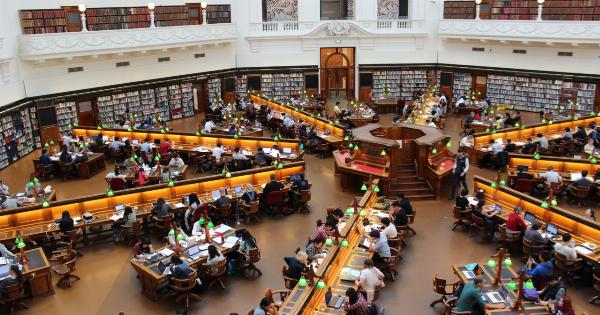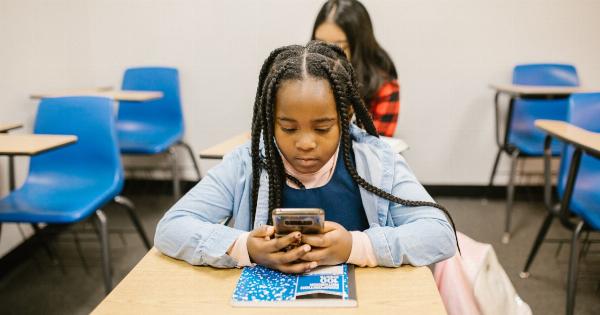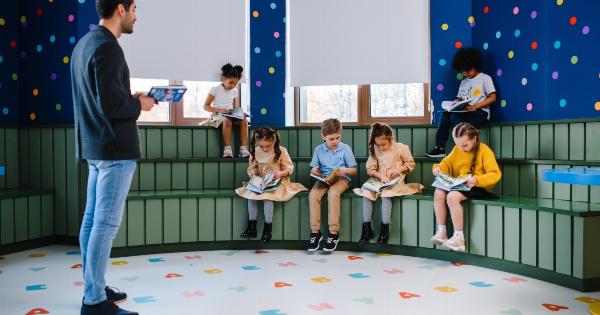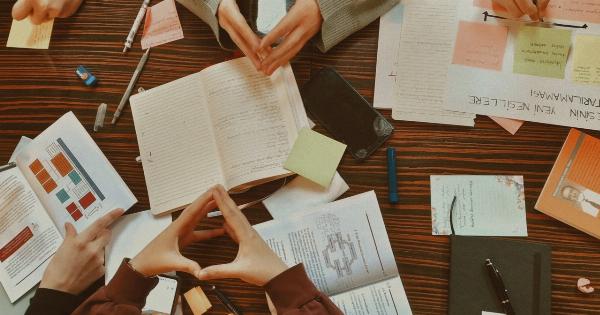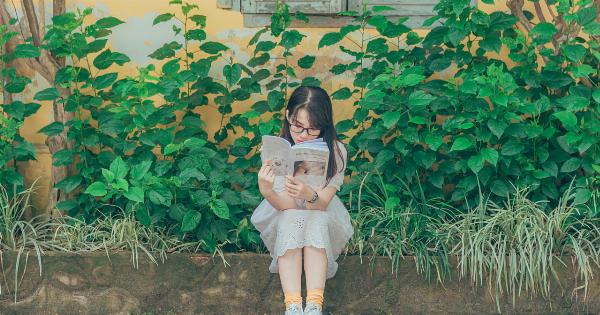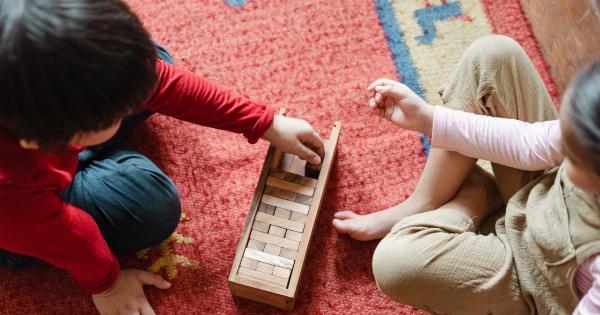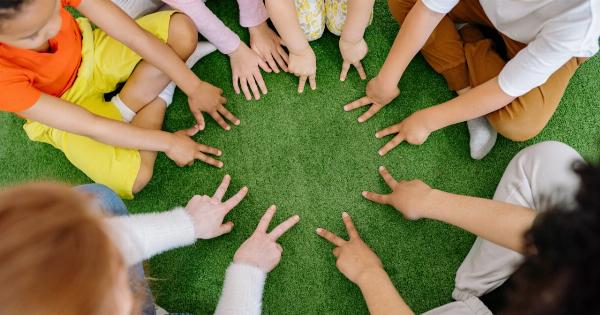Learning gaps refer to the disparity in knowledge and skills between students at different grade levels or from different backgrounds.
These gaps can arise due to a variety of reasons, such as inadequate instruction, lack of resources, or an interrupted education. Learning gaps are a major concern in education as they can hinder a student’s academic progress and overall development.
The impact of school vacations on learning
School vacations, such as summer breaks, winter holidays, or extended weekends, provide students with a much-needed break from the rigors of academic life.
These vacations are essential for relaxation, rejuvenation, and spending quality time with family and friends. However, they can also contribute to the creation of learning gaps.
1. Disruption in routine
During school vacations, students often deviate from their daily routines, including waking up late, staying up longer, and engaging in leisure activities.
While this break from routine is necessary for mental well-being, it can also disrupt the learning habits and discipline that students have cultivated throughout the school year.
2. Lack of academic engagement
During school vacations, students may have limited or no exposure to academic material, leading to a decline in their engagement with educational content.
This lack of academic stimulation can be detrimental to their learning progress, causing them to forget previously acquired knowledge or skills.
3. Limited access to educational resources
Many students rely on schools to provide them with access to resources such as textbooks, libraries, and technological tools for learning. However, during school vacations, access to these resources may be limited or unavailable.
This lack of access to educational resources can further contribute to learning gaps, as students are unable to reinforce their learning outside of the classroom.
4. Inequality in opportunities
School vacations can exacerbate the inequality in educational opportunities that already exists among students from different socioeconomic backgrounds.
Affluent families often have resources and means to provide their children with supplemental educational opportunities during vacations, such as private tutoring, summer camps, or educational trips. On the other hand, students from disadvantaged backgrounds may not have access to similar opportunities, widening the learning gaps between them.
Addressing learning gaps during school vacations
While school vacations may contribute to the creation of learning gaps, there are several strategies that can be implemented to minimize their impact:.
1. Integrate learning into vacation activities
Encourage students to engage in educational activities during their vacations by integrating learning into their leisure time.
This can include reading books, visiting museums, participating in educational programs, or engaging in online learning platforms that provide academic content in a fun and interactive manner.
2. Provide access to educational resources
Ensure that students have access to educational resources during school vacations.
Schools can work in collaboration with local libraries, community centers, or online platforms to provide students with opportunities to borrow books, access e-learning materials, or participate in virtual educational programs.
3. Support for students from disadvantaged backgrounds
It is crucial to provide additional support and resources to students from disadvantaged backgrounds during school vacations.
This can be done through partnerships with organizations that offer free educational programs, scholarships for summer camps, or targeted tutoring and mentoring programs.
4. Encourage parental involvement
Parents play a vital role in minimizing learning gaps during school vacations. Schools can provide parents with resources and guidance on how to engage their children in educational activities at home.
This can include recommending books, suggesting online learning platforms, or providing parents with ideas for educational outings.
5. Transition programs
Transition programs can be implemented before schools reopen after vacations to help students bridge the learning gaps.
These programs can include assessments, diagnostic tests, or refresher courses to identify areas of weakness and provide targeted interventions to address them.
Conclusion
While school vacations are essential for students’ overall well-being, they can contribute to the creation of learning gaps.
It is crucial for educators, policymakers, and parents to collaborate in minimizing the impact of school vacations on students’ academic progress.
By integrating learning into vacation activities, providing access to resources, supporting students from disadvantaged backgrounds, encouraging parental involvement, and implementing transition programs, we can ensure that learning gaps are addressed effectively.

